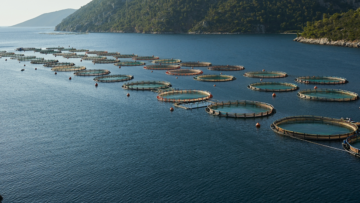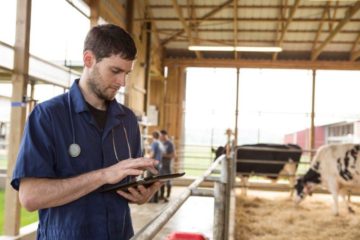Ag is Stepping Up to Better Understand Antibiotic Resistance
When the issue of antibiotic resistance first burst into the American consciousness, there was a lot of finger-pointing and assigning of blame based on limited factual information. In my view, that disappointing start to the public dialogue is now overshadowed by increased collaboration and commitment to understanding antibiotic resistance.
Case in point: a new center to concentrate on agriculture’s role in addressing the issue of antibiotic resistance. The Institute for Antimicrobial Resistance Research and Education, to be housed at Iowa State University, will be “aimed at improving health for people, animals and the environment,” according to a press release from the university. The initiative stems from recommendations by a task force established jointly by the Association of Public and Land-Grant Universities and the Association of American Veterinary Medical Colleges. Some of the best minds in food animal production served on the task force and I’m inspired by their confidence that the institute will help us better understand antibiotic resistance.
The agriculture and animal health community must be full partners with the human medical community in a national action plan and accept the responsibility and challenge to be an integral partner in the future reduction and mitigation of antibiotic resistance.
That’s really what the international initiative known as One Health is all about. There is increasing recognition that successful public health interventions often require cooperation between the human, animal, and environmental health communities.
The One Health approach is an ideal fit for addressing the issue of antibiotic resistance. The responsible use of antibiotics by doctors and patients, as well as by veterinarians and farmers, helps reduce the risk of antibiotic resistance. Another benefit of this approach is environmental protection. When left untreated, sick animals can die, which then need to be replaced. That means more animals to feed, more grain to be grown, which requires more fertilizer, water and land. Allowing farmers and veterinarians to prevent disease and treat sick animals conserves natural resources, which is good for the environment, and for all of us.
Here’s what we all need to keep squarely in mind. If properly implemented into future generations, the One Health concept has the potential to help protect and save millions of lives. The goal is to encourage the collaborative efforts of multiple disciplines working locally, nationally, and globally-to achieve the best health for people, animals, and our environment.
Effective collaboration by different medical fields can help health professionals prevent disease outbreaks in animals and better protect the health of people. Here in the U.S., the Centers for Disease Control (CDC) uses the One Health approach by working with physicians, veterinarians, ecologists, and many others to monitor and control public health threats and to learn about how diseases spread among people, animals, and the environment.
My hope is that the new Institute will provide insight, answers and a more informed dialogue about antibiotic use and resistance. Recognizing that the health of people is connected to the health of animals and the environment is a good way to approach the issue. By keeping animals healthy, we help keep families healthy and help feed a growing world.
I welcome your thoughts and questions. Feel free to send me an email at AskDrDorman@pahc.com or call me at 844-288-3623. You can also browse our Resource Library to learn more about this important topic and many more.

